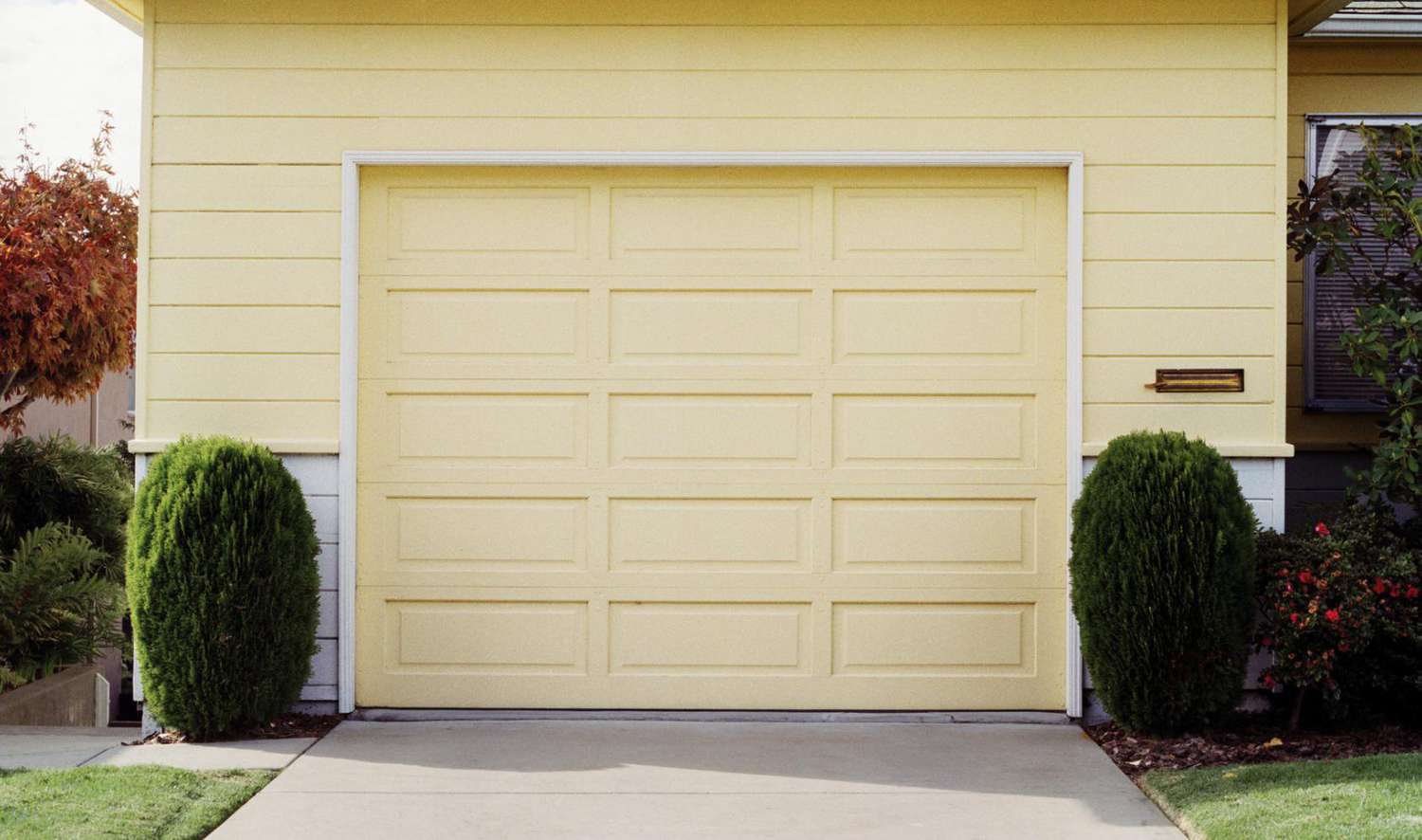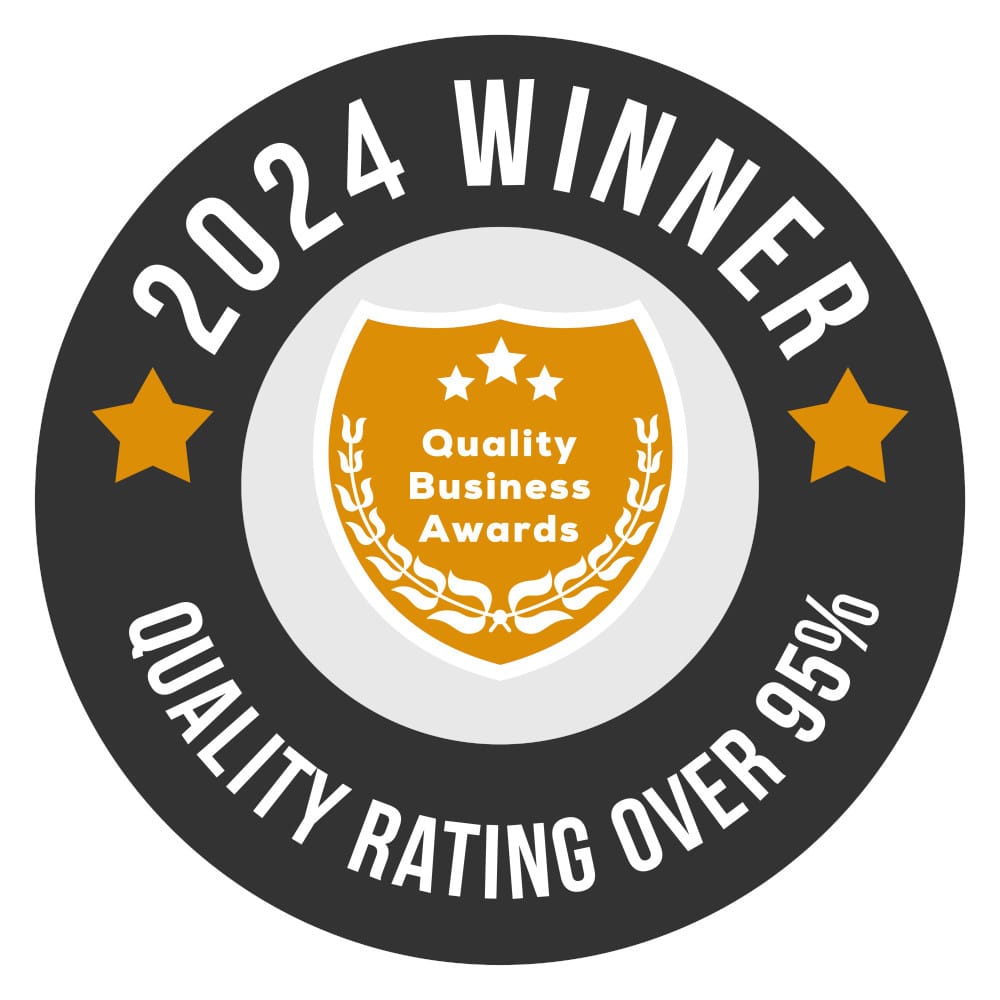Just as the intricate gears of a clockwork mechanism ensure the smooth ticking of time, so do the various components of a garage door seamlessly work together to provide functional accessibility. However, like any mechanical device, these entryways are not immune to wear and tear or occasional malfunction.
Overhead doors are an essential part of many homes and businesses, providing security and convenience in daily life. As such, understanding common issues that afflict these mechanisms can help maintain their optimal performance while also avoiding potential safety hazards.
In navigating the labyrinthine complexities of overhead door problems and their solutions, this article provides a beacon for those seeking knowledge and guidance. Encompassing everything from troubleshooting minor glitches to implementing significant repair solutions, it aims to demystify the technical aspects related to garage door maintenance.
By acknowledging common issues with garage doors – such as spring failure or opener malfunctions – this discussion seeks to equip readers with practical insights on how best to approach these challenges. Whether one is an industry professional or a homeowner looking for advice on maintaining their garage door system, this article offers comprehensive coverage on all fronts.
Common Problems with Overhead Doors
Faced by many homeowners, common problems with overhead doors range from minor inconveniences to major operational issues, each requiring a different approach for effective resolution
For instance, one may encounter difficulties in opening or closing the door due to misaligned tracks or worn-out springs.
Additionally, instances of noisy operation often signal loose hardware or lack of lubrication.
Furthermore, a dysfunctional remote control is not unusual; this can be caused by interference with the door opener’s frequency or simply depleted batteries.
Delving deeper into these complications reveals more about their nature and potential remedies.
Misalignment of garage door tracks can occur due to normal wear and tear or accidental damage. This issue results in an uneven movement of the door which could lead to it getting stuck midway when opening or closing.
A well-structured solution would involve checking for visible signs of damage such as dents or gaps and realigning the tracks using suitable tools carefully to avoid further damage.
Similarly, overhead door springs are prone to breaking after numerous cycles of opening and closing due to stress exerted on them over time. Replacing these springs may require professional assistance considering the risks involved in handling high-tension springs.
Noise during operation usually indicates that certain components need attention – tightening loose hardware can effectively reduce much of this noise while applying an appropriate lubricant ensures smoother operation hence reducing strain on moving parts.
Remote control issues could be solved through simple actions like changing batteries or resetting its frequency settings; however, if these steps fail to rectify the problem then it might be necessary to replace either the remote control unit itself or possibly even the entire garage door opener system.
These insights reveal that although challenges with overhead doors are diverse and commonplace amongst homeowners, there exists an array of practical solutions tailored towards addressing each specific issue effectively while ensuring continued functionality and longevity for their garage doors.
Troubleshooting and Fixes for Malfunctioning Entryways
Malfunctioning entryways pose a significant problem for homeowners, requiring effective troubleshooting and fixes to ensure seamless operation. In the realm of garage doors, such malfunctions can stem from various sources, ranging from worn-out components to poor alignment. Identifying these issues requires detailed knowledge of the door’s mechanics and diligent observation of its operation.
A thorough understanding of the door’s structure – springs, cables, rollers, tracks – is crucial in diagnosing problems accurately. Worn or broken springs can impede the smooth movement of the door. In this case, professional assistance is recommended due to the high tension in these components. Misaligned tracks can cause your garage door to jam or operate unevenly. This issue often results from physical impacts or natural wear and tear. Damaged rollers might lead to noisy operation and could strain other parts of your garage door system. Frayed or snapped cables present a safety risk as they bear much weight when opening and closing the door.
Such issues demand practical solutions that offer long-term efficacy rather than temporary relief. For example, replacing damaged rollers with nylon ones can significantly reduce operational noise while extending their lifespan as they require less maintenance compared to metal rollers. Similarly, routine inspection and timely replacement of fraying cables prevent sudden breakage that could result in personal injury or further damage to other parts.
Addressing these common issues not only ensures efficient functioning but also extends the life expectancy of your garage entranceway equipment. It fosters a sense of security knowing that one’s home remains protected by robust mechanisms. By investing time and effort into regular maintenance checks and implementing appropriate repair solutions when needed, homeowners become part of a community that values safety, functionally effective homes, providing peace-of-mind for everyone under their roof.
https://perfectsolutionsgaragedoor.com/garage-door-repair-troubleshooting-for-optimal-performance/
https://perfectsolutionsgaragedoor.com/indicators-requiring-immediate-repair-for-your-automatic-garage-door/


